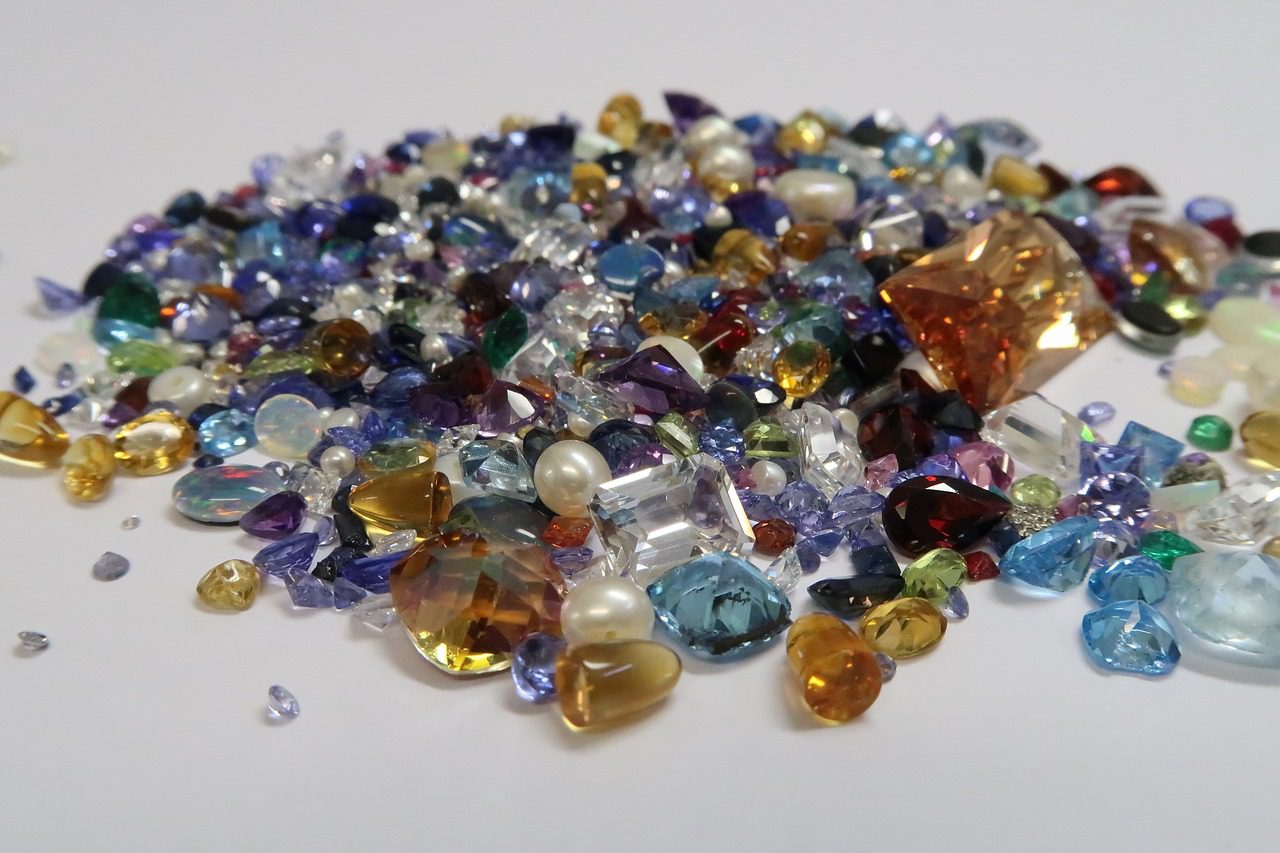Risk Management and Gem Buying for Profit
You can’t eliminate all risks from gem investing, but understanding the risks you’ll face and your appetite for them will help you with risk management.
2 Minute Read
What is Risk?
When you think of investment vehicles for retirement, what assets do you think about buying? Stocks? Bonds? Mutual funds? The investment assets you think about purchasing probably depend on your age. If you’re younger, then retirement may seem far off and you’re able to invest your money into a more aggressive instrument with the potential to give you a greater return. If you’re closer to retirement, you may want to be more conservative. You may accept that you’ll get a lower return if it means you’ll have money available when you finally choose to retire.
What this boils down to is your appetite for risk. Risk is the probability of realizing an unexpected outcome — good or bad.
Types of Risks in Gemstone Investing
You’ll need to consider these three types of risk.
- Market risk: events in the broader economy that affect the gemstone market.
- Liquidity risk: the risk that you can’t resell your gemstone when you want or as fast as you want.
- Time horizon risk: the need to sell sooner than you would like because of an unforeseen event.
What is Risk Management?
Risk management is managing trade-offs and opportunity costs.
A trade-off is…
International Gem Society
Related Articles
Gemstone Certificates
Ruby and Sapphire Origins
Best Engagement Ring Insurance in 2025
Gem and Jewelry Insurance Quotes: Four Money-Saving Questions
Latest Articles
800 Years of Mogok: A Celebration in Tenuous Times
What is the Average Gemstone Faceting Yield?
Pyroxmangite Value, Price, and Jewelry Information
How to Identify Emerald Simulants and Synthetics
Never Stop Learning
When you join the IGS community, you get trusted diamond & gemstone information when you need it.
Get Gemology Insights
Get started with the International Gem Society’s free guide to gemstone identification. Join our weekly newsletter & get a free copy of the Gem ID Checklist!
